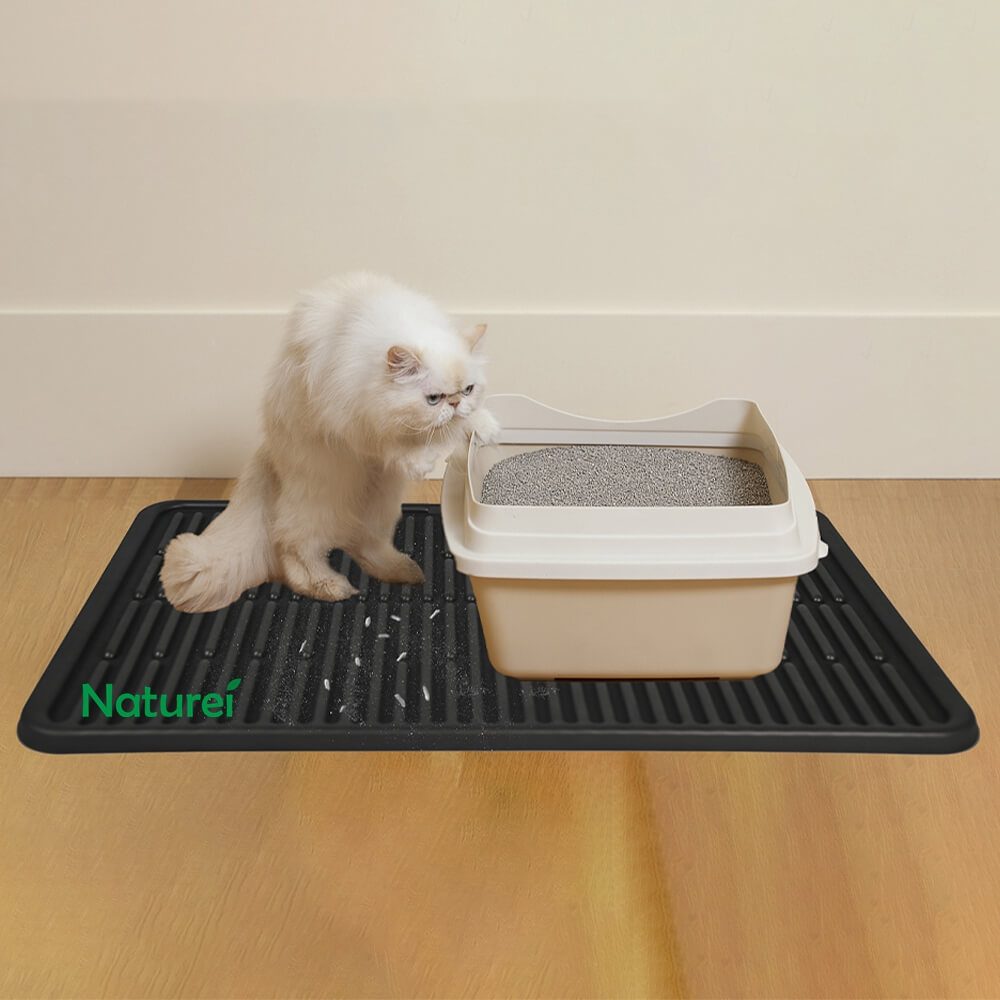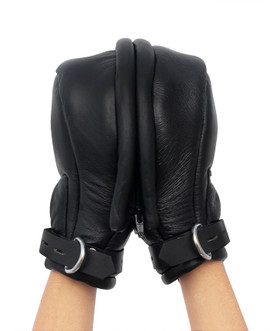Cat ownership brings immense joy and companionship, but it also introduces some hygienic challenges—especially when it comes to managing the litter box and surrounding areas. One often-overlooked yet essential accessory is the cat litter mat, a product designed to trap litter particles and keep your floors clean. However, litter mats themselves can become breeding grounds for bacteria, fungi, and foul odors if not properly maintained.
This article explores in detail how to prevent bacteria growth on a cat litter mat, from choosing the right material and placement to cleaning routines and antimicrobial strategies. If you’re a cat owner aiming for a clean, hygienic home, read on.
Table of Contents
-
Understanding the Risks of Bacterial Growth
-
Choosing the Right Cat Litter Mat
-
Proper Placement of the Litter Mat
-
Daily Maintenance Habits
-
Weekly Deep Cleaning Techniques
-
Safe and Effective Disinfectants
-
Natural Solutions for Bacteria Control
-
Antimicrobial Coatings and Technologies
-
Dealing with Odors: Prevention vs. Masking
-
When to Replace Your Litter Mat
-
Myths and Misconceptions
-
Impact on Pet and Human Health
-
The Future of Hygienic Pet Accessories
-
Final Thoughts
1. Understanding the Risks of Bacterial Growth
Bacterial growth on litter mats is typically caused by a combination of moisture, organic waste, heat, and poor ventilation. Fecal matter and urine clumps from your cat can stick to the litter and transfer onto the mat, creating an environment where bacteria such as E. coli, Salmonella, or Pseudomonas can flourish.
In homes with multiple cats, the risk multiplies due to higher litter box usage, greater contamination, and more movement across the mat.
2. Choosing the Right Cat Litter Mat
Material Matters
-
Silicone or PVC mats: These are water-resistant, easy to clean, and discourage bacteria from soaking in.
-
Rubber mats: Naturally antimicrobial, though they may trap odors over time.
-
Foam-based or fabric mats: Often comfortable but highly absorbent—making them more prone to bacterial growth unless washed frequently.
Surface Design
-
Honeycomb patterns trap litter effectively but need to be opened and emptied often.
-
Textured surfaces (like ridges) can harbor waste and require detailed cleaning.
-
Two-layer systems allow waste to fall through, minimizing surface contact and bacteria buildup.
3. Proper Placement of the Litter Mat
Where you place your mat matters:
-
Keep it in well-ventilated areas to prevent humidity accumulation.
-
Avoid placing mats in corners or against walls, where airflow is poor.
-
Place it under and around the litter box, extending a few inches beyond to catch scattered litter.
4. Daily Maintenance Habits
To prevent bacteria buildup, make daily upkeep part of your routine.
What to Do Daily:
-
Shake out excess litter back into the litter box or trash.
-
Wipe the mat with a pet-safe antibacterial wipe or a damp cloth with mild soap.
-
Air dry thoroughly—don’t let it stay damp!
These small steps help remove fresh waste before bacteria have a chance to multiply.
5. Weekly Deep Cleaning Techniques
Once a week, your mat needs more than a quick wipe.
How to Deep Clean:
-
Shake out and vacuum the mat to remove trapped particles.
-
Soak the mat in warm water with dish soap and a bit of white vinegar for 10–15 minutes.
-
Scrub both sides with a soft brush, especially if it has grooves or honeycombs.
-
Rinse thoroughly, then dry in direct sunlight (UV helps kill bacteria).
-
Optional: Spray with a diluted bleach solution (1 part bleach to 10 parts water), let sit 5 minutes, and rinse again.
Always ensure the mat is completely dry before placing it back.
6. Safe and Effective Disinfectants
The wrong cleaner can damage the mat or pose a risk to your cat.
Best Disinfectants:
-
Diluted vinegar (kills bacteria, removes odors)
-
Hydrogen peroxide (3%) (gentle yet effective)
-
Pet-safe enzymatic cleaners
-
Baking soda paste (abrasive for scrubbing and deodorizing)
Avoid harsh chemicals like ammonia and undiluted bleach, as their residues can irritate your cat’s paws.
7. Natural Solutions for Bacteria Control
Going green? Natural options can still fight bacteria effectively.
-
Tea tree oil sprays (only when diluted heavily, as essential oils can be toxic to cats)
-
Lemon juice and baking soda mix
-
Activated charcoal bags placed near the mat to absorb odors and moisture
8. Antimicrobial Coatings and Technologies
Some high-end mats now include built-in antimicrobial technology, such as:
-
Silver-ion coatings, which disrupt bacterial cell membranes
-
Copper-infused fabrics, known for reducing bacterial growth
-
Microban® treatments, found in premium household products
These features add a layer of passive protection but are not a substitute for cleaning.
9. Dealing with Odors: Prevention vs. Masking
Odors are often the first clue to bacterial growth.
Prevention Tips:
-
Clean the mat frequently.
-
Ensure the litter box is also well-maintained.
-
Switch to low-dust or natural litter types that reduce scatter and stickiness.
-
Use odor-absorbing liners under the mat.
Masking odors with sprays may make the environment smell better—but won’t solve the root problem.
10. When to Replace Your Litter Mat
Even with the best care, mats don’t last forever.
Signs It’s Time for a New One:
-
Persistent odor despite cleaning
-
Cracks or worn-out surfaces that trap bacteria
-
Discoloration or warping
-
Excessive buildup in inaccessible areas
Most mats should be replaced every 6–12 months, depending on use and care.
11. Myths and Misconceptions
Let’s bust a few common myths:
-
“Rubber mats don’t need cleaning.” False. While resistant to bacteria, they still collect debris.
-
“Bleach is always safe.” Not if it’s not rinsed properly—residue can harm your cat.
-
“Odor = dirt.” Not always—some clean mats may smell due to retained moisture.
Understanding the truth helps you care better for your feline family member.
12. Impact on Pet and Human Health
Letting bacteria build up on the mat poses risks:
-
For pets: Risk of skin irritation, paw infections, or ingestion of harmful microbes.
-
For humans: Especially dangerous for children, seniors, or those with weakened immune systems.
Keeping your litter mat clean is a small effort that safeguards the health of everyone in your home.
13. The Future of Hygienic Pet Accessories
The pet industry is innovating rapidly. Future litter mats may include:
-
Self-cleaning surfaces
-
Built-in UV sanitizers
-
Biodegradable disposable inserts
-
Smart sensors that alert when cleaning is needed
These upgrades will make maintenance even easier while reducing bacteria risks.
14. Final Thoughts
Cat litter mats are a crucial but often neglected aspect of home cleanliness. When maintained properly, they serve as the first line of defense against litter mess and microbial contamination.
Key Takeaways:
-
Choose non-absorbent, easy-to-clean materials.
-
Maintain daily hygiene and do a weekly deep clean.
-
Use natural disinfectants or pet-safe cleaners.
-
Monitor for wear and tear, replacing the mat as needed.
A clean mat leads to a cleaner home, a healthier cat, and peace of mind for you.














